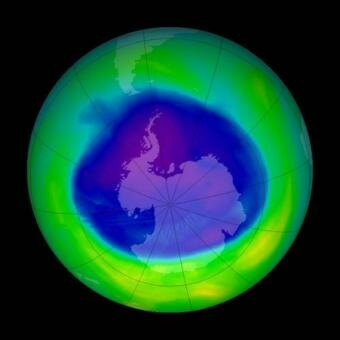A team of mathematical experts have said that 1729, which is also known as the Ramanujan-Hardy number, is linked to aspects of string theory and...

Several nations around the world have marked the International day for the preservation of Ozone layer as the World Ozone Day on 16 September.
The General Assembly of the United Nations had declared the date as the World Ozone day in order to increase awareness about the depleting ozone layer, during a convention in Vienna for the Montreal Protocol. Experts said that ozone layer absorbs most of the ultraviolet light coming from the sun that is harmful to the human life and other life forms. The ozone layer absorbs about 97 to 99 per cent of ultraviolet rays and also maintains the ozone-oxygen cycle.
However, scientists have discovered that some parts of the planet might have lost this protection due to depleting ozone layer. They discovered the first ozone holeover Antarticain May 1985 and it was later found that the whole of Antartica is affected and the temperature is rising.
Experts said that the use of ChloroFluoroCarbons (CFCs) might be affecting ozone layer and more than 190 countries regulated the use of the complaint and most of them banned it outright following the Montreal Protocol. Reports showed that India. China and South Korea together accounted for 70 per cent of CFC production but the use of the compound has been banned completely across the world.









